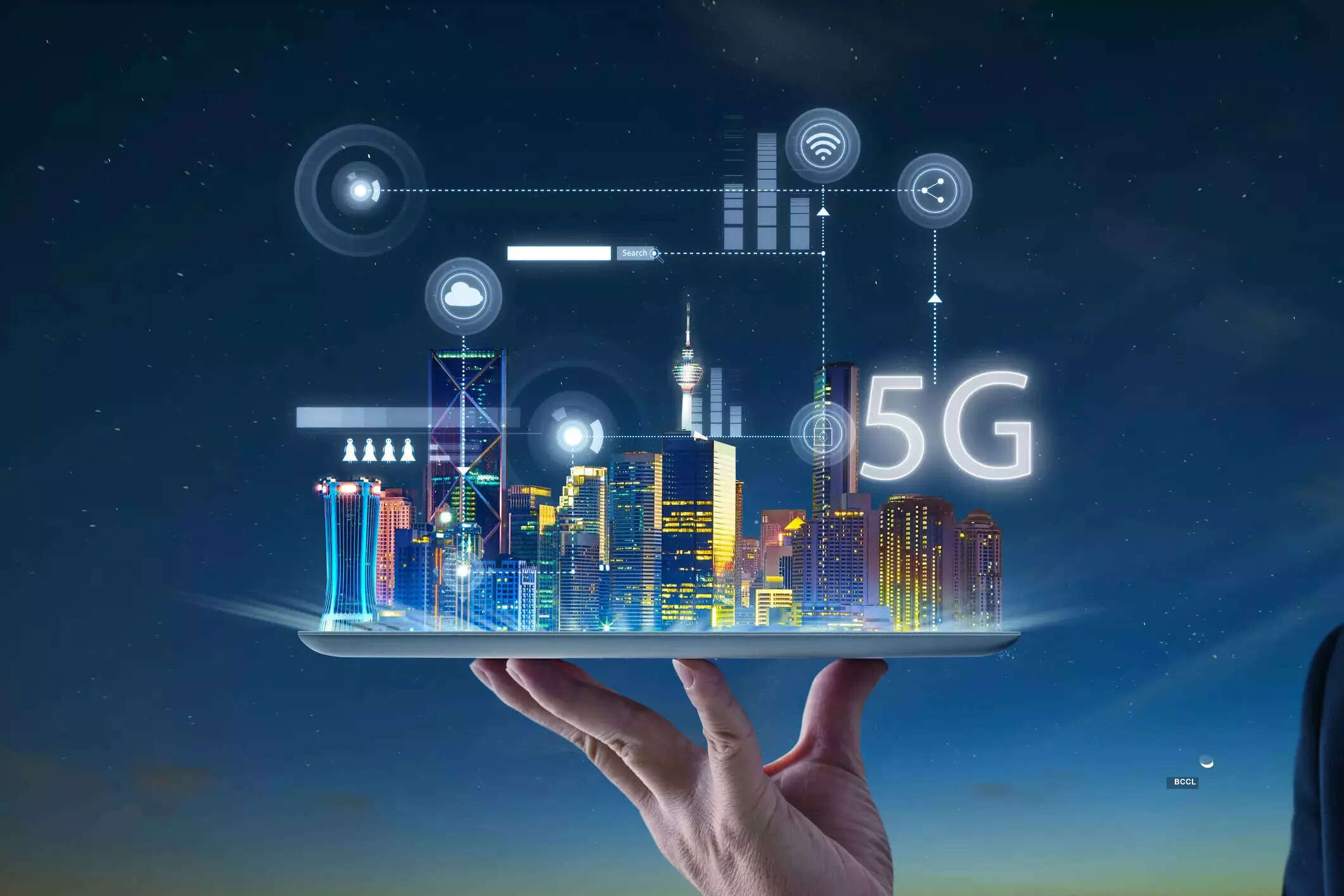
[ad_1]
According to the insights released by Ookla, India’s performance has improved significantly after the launch of 5G services. The median download speeds across India increased by 115% from 13.87 Mbps in September 2022 to 29.85 Mbps in January 2023. This has resulted in India’s position on the Speedtest Global Index improving by 49 places from 118th in September 2022 to 69th in January 2023.
This improvement puts India ahead of some of the G20 countries, such as Mexico, Russia, and Argentina, as well as its neighbours – Indonesia, Bangladesh, Sri Lanka, and Pakistan. India is also catching up with countries like Turkey (30.98 Mbps/65th place), South Africa (34.71 Mbps/58th place), and Brazil (35.85 Mbps/57th place).
These insights suggest that the launch of 5G services has positively impacted India’s internet speeds, and the country is moving towards better connectivity and network performance.
In October 2022, when 5G was initially launched, there was a significant variation in the early network performance experienced by users on 5G-capable devices.
Median 5G download speeds ranged from 512.57 Mbps (in Gujarat) to 19.23 Mbps (in Uttar Pradesh West) due to the gradual rollout of the 5G networks.
The median 5G download speed was below 100 Mbps in nine telecom circles: Andhra Pradesh, Kolkata, North East, Haryana, Rajasthan, Bihar, Punjab, Kerala, and Uttar Pradesh West, as the networks were still in the testing phase. However, after four months, in January 2023, median 5G download speeds had significantly increased across all the telecom circles, except for Jammu and Kashmir, and exceeded 200 Mbps everywhere. Kolkata had the fastest speeds, exceeding 500 Mbps.
Investments made by operators in 5G have led to an increase in 4G LTE speeds due to the modernization of the underlying infrastructure. The median 5G download speed is 25 times faster than 4G LTE, while the median 5G upload speed is 4.5 times faster. As operators offload 4G traffic onto their 5G networks, LTE speeds have improved in multiple cities. However, it is essential to note that these are still early days for 5G in India, and 5G performance may decrease once networks become commercially available.
Ookla’s report compared Jio and Airtel’s 5G performance in January 2023, showing Jio’s median download speed ranged from 246.49 Mbps in Himachal Pradesh to 506.25 Mbps in Kolkata, while Airtel’s median download speed ranged from 78.13 Mbps in Kolkata to 268.89 Mbps in Delhi. The report also indicated that Vi India has been losing users, with most customers moving to Jio and Airtel after the 5G launch. Jio gained customers from Airtel and Vi India, while Airtel lost some customers to Jio but gained some from Vi India.
This improvement puts India ahead of some of the G20 countries, such as Mexico, Russia, and Argentina, as well as its neighbours – Indonesia, Bangladesh, Sri Lanka, and Pakistan. India is also catching up with countries like Turkey (30.98 Mbps/65th place), South Africa (34.71 Mbps/58th place), and Brazil (35.85 Mbps/57th place).
These insights suggest that the launch of 5G services has positively impacted India’s internet speeds, and the country is moving towards better connectivity and network performance.
In October 2022, when 5G was initially launched, there was a significant variation in the early network performance experienced by users on 5G-capable devices.
Median 5G download speeds ranged from 512.57 Mbps (in Gujarat) to 19.23 Mbps (in Uttar Pradesh West) due to the gradual rollout of the 5G networks.
The median 5G download speed was below 100 Mbps in nine telecom circles: Andhra Pradesh, Kolkata, North East, Haryana, Rajasthan, Bihar, Punjab, Kerala, and Uttar Pradesh West, as the networks were still in the testing phase. However, after four months, in January 2023, median 5G download speeds had significantly increased across all the telecom circles, except for Jammu and Kashmir, and exceeded 200 Mbps everywhere. Kolkata had the fastest speeds, exceeding 500 Mbps.
Investments made by operators in 5G have led to an increase in 4G LTE speeds due to the modernization of the underlying infrastructure. The median 5G download speed is 25 times faster than 4G LTE, while the median 5G upload speed is 4.5 times faster. As operators offload 4G traffic onto their 5G networks, LTE speeds have improved in multiple cities. However, it is essential to note that these are still early days for 5G in India, and 5G performance may decrease once networks become commercially available.
Ookla’s report compared Jio and Airtel’s 5G performance in January 2023, showing Jio’s median download speed ranged from 246.49 Mbps in Himachal Pradesh to 506.25 Mbps in Kolkata, while Airtel’s median download speed ranged from 78.13 Mbps in Kolkata to 268.89 Mbps in Delhi. The report also indicated that Vi India has been losing users, with most customers moving to Jio and Airtel after the 5G launch. Jio gained customers from Airtel and Vi India, while Airtel lost some customers to Jio but gained some from Vi India.
[ad_2]
Source link
